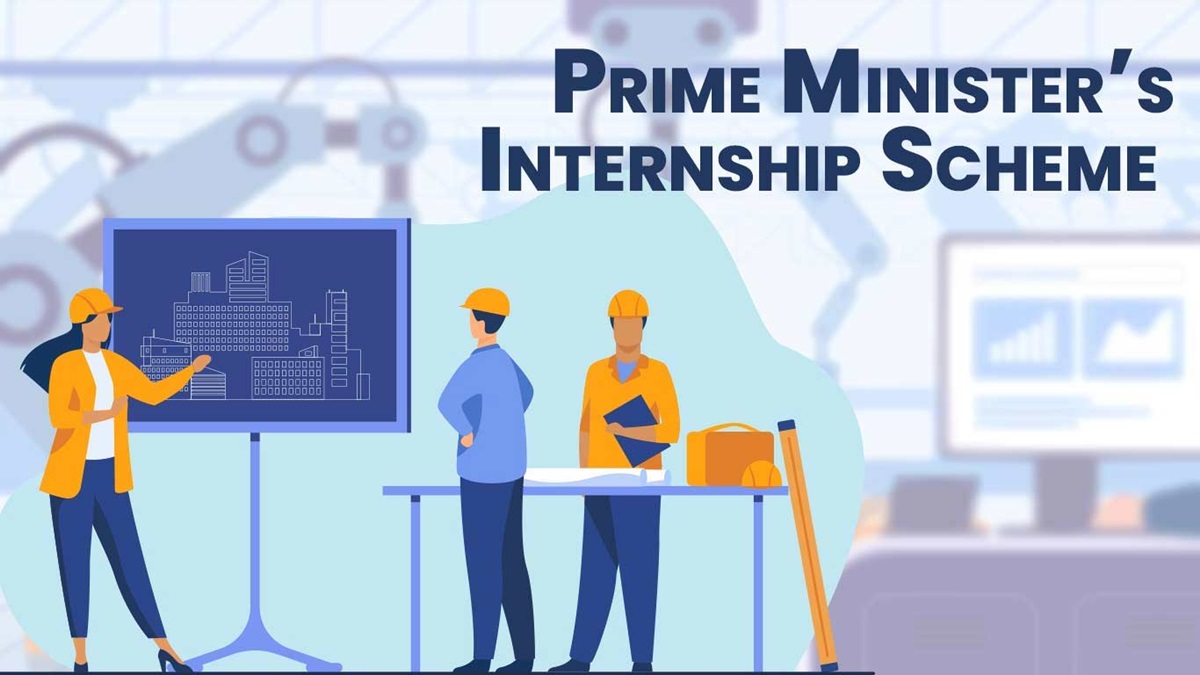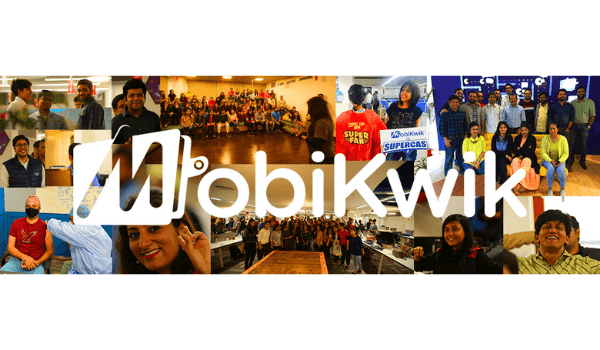I write this as a strategist. My intention is not to create fear, but to provide a much-needed heads-up to young people, whether they are in schools, colleges, or already in jobs, about the storm that is fast approaching. Artificial Intelligence is no longer a distant buzzword or a futuristic fantasy. It is here, evolving at a speed we can barely comprehend, and it will permanently alter the way we live, work, and build our economies.
We cannot afford to close our eyes to what is coming. The worst thing any of us can do is to pretend that the old world of stable careers and secure job descriptions will somehow hold together despite this massive disruption. It will not. The next five years will see the most significant displacement of jobs humanity has ever witnessed. And unlike previous industrial revolutions, this one will not only disrupt blue-collar workers on factory floors but will also challenge the white-collar workforce, including some of the most secure job profiles we once thought were untouchable.
Why I am sounding this alarm
I am often accused of being blunt, sometimes even brutal, when I talk about the future of work. But the reality is, sugarcoating this message will not help our youth. They must prepare now to remain relevant. Those in schools and colleges must understand that their degrees alone will not guarantee them employment. Those currently employed must realize that their existing skill sets could become redundant faster than they imagine. My role as a strategist is to make people aware before the tide hits, so they can adjust their sails.
How AI is evolving, and why it matters
Artificial Intelligence is not a single technology. It is a spectrum of evolving capabilities that can be broadly divided into stages, each impacting jobs differently.
The first stage was automation, where simple, repetitive tasks were replaced by machines and software. Think about manufacturing assembly lines or basic data entry. That stage eliminated millions of jobs globally but mostly affected low-skill roles.
The second stage, which we have already been living through, is algorithm-driven intelligence. Here, systems could analyse vast amounts of data, make predictions, and assist humans in decision-making. Industries like banking, insurance, and retail began relying heavily on AI to detect fraud, optimize supply chains, and predict consumer behaviour. Many mid-level analytical roles, such as market researchers or credit analysts, became vulnerable.
Now, we are in the third stage, driven by Large Language Models (LLMs) and Generative AI, which is quickly transitioning into the next stage – Agentic AI, where AI systems can not only create content but also perform actions autonomously. This is the phase that will truly reshape the employment landscape. Unlike earlier stages, this will not be limited to repetitive work or even data-driven analysis. It is coming for programming, coding, creative, strategic, and professional roles that were previously considered secure.
What Generative AI and Agentic AI mean for your job
LLM-powered Generative AI is already producing human-like text, designing graphics, writing code, generating marketing campaigns, and even composing music. Agentic AI takes it a step further by performing tasks autonomously, from managing emails to analyzing financial portfolios and running e-commerce stores.
If you are a software engineer, you already know how tools like GitHub Copilot or OpenAI’s models can write code faster than a junior developer. Companies no longer need large armies of entry-level coders. If you work in content writing, marketing, legal research, or even customer support, AI can now perform your core tasks at a fraction of the time and cost.
Agentic AI will go even further by taking on end-to-end processes. Imagine an AI system not just writing content but also scheduling, distributing, analyzing, and optimizing it across multiple channels, all without human intervention. Imagine an AI that can design, test, and launch an e-commerce campaign from start to finish, while simultaneously handling customer service queries in real time. These are not hypotheticals. These tools exist, and they are rapidly maturing.
Evidence of the shift – it is already happening
Look at what is happening in the top sectors of our economy. In the IT sector, giants like Infosys, Wipro, and even global leaders like Microsoft, Accenture have already laid off thousands of employees. While they cite cost optimization, the underlying reality is that AI-driven automation is reducing the need for human labor, especially at junior and mid-level roles.
In e-commerce and retail, companies like Amazon, Flipkart, and Walmart are aggressively integrating AI for inventory management, supply chain optimization, and even customer-facing operations like chatbots and recommendation engines.
This efficiency comes at a cost, and that cost is human jobs. Thousands have already been laid off, and this trend will continue.
Even creative industries are not immune. Video game companies, design agencies, and media houses are using generative AI to create game environments, ad campaigns, and scripts in record time, significantly reducing the need for large creative teams.
The education sector will not remain untouched
If you think AI is only going to change jobs in existing industries, think again. Education itself is on the cusp of complete transformation. AI-powered tutoring systems can deliver personalized, adaptive learning experiences that surpass the one-size-fits-all classroom model. These systems can track a student’s progress, identify weaknesses, and tailor content in real time.
In the coming years, many traditional teaching roles will be augmented or replaced by AI-driven systems. Schools and universities that do not adapt will find themselves irrelevant. Even expensive private schools, which currently justify their high fees through brand value, sprawling campuses, and traditional degree-driven outcomes, will face an existential crisis. As employment trends shift from degree-based hiring to skill-based hiring, parents and students will question the value of paying lakhs of rupees annually for a certificate that does not guarantee employability. Only a few specialised fields, like medicine, structural engineering, or law, will retain the traditional long-form education model.
Physical infrastructure like vast campuses, auditoriums, and hostel facilities will also lose relevance as more students opt for flexible, online, skill-focused learning from their homes. The education sector must pivot toward offering modular, AI-assisted programs and industry-integrated training or risk becoming obsolete.
The broader economic impact – what happens when millions lose jobs
The job displacement caused by AI will not just impact individuals, it will ripple across entire economies. When millions lose their jobs, disposable incomes drop, leading to reduced consumer spending. This has a cascading effect on businesses, from retail to hospitality, to the service industries that rely on discretionary spending.
One of the most vulnerable sectors in this scenario will be real estate. In cities where IT and service sector employees have been driving demand for apartments, commercial spaces, and retail hubs, a sudden wave of job losses will lead to reduced demand. Already, some urban markets are showing early signs of stagnation, with oversupply and slowing rental growth. A large-scale employment crisis could push this into a downward spiral, affecting not just developers but also investors, banks, and city economies.
This is not fearmongering, it is strategic foresight. The economic shockwaves will not be contained within any single industry. They will reshape our financial systems, consumer behaviour, and even government policies, forcing a rethinking of social security, taxation, and economic growth models.
So, what can we do?
The disruption is inevitable, but mass unemployment and social instability are not, if we act wisely and quickly. For individuals, the path forward is clear. Upskilling is no longer optional. Whether you are a student or a working professional, you must acquire skills that make you complementary to AI, not replaceable by it. Learn how to work with AI tools, develop creative and strategic thinking abilities, and build strong emotional intelligence. These are the skills that will remain relevant. For the education sector, there is no time to waste. Curricula must be redesigned, teachers must be retrained, and partnerships with AI technology providers must be forged to ensure students are ready for the world they are entering, not the world their parents grew up in.
For businesses and governments, preparing for this shift means creating reskilling programs, incentivizing industries to invest in human-AI collaboration rather than pure automation, and building safety nets to manage the transition without social chaos.
The road ahead – mymessage to the youth
As someone who has spent years advising leaders and organizations on strategy, I can tell you this: the winners of the next decade will not be those who resist AI, nor those who blindly fear it. The winners will be those who anticipate its impact, embrace it as a tool, and build new capabilities around it.
Young people must stop asking if their jobs will be safe. They will not be, at least not in their current form. The right question is, how can I make myself indispensable in an AI-driven world? Those who find that answer will thrive. Those who do not will be left behind.
AI is not just another wave of change. It is a tsunami. The only question is whether you will ride it or be swept away. The time to prepare is now.




















